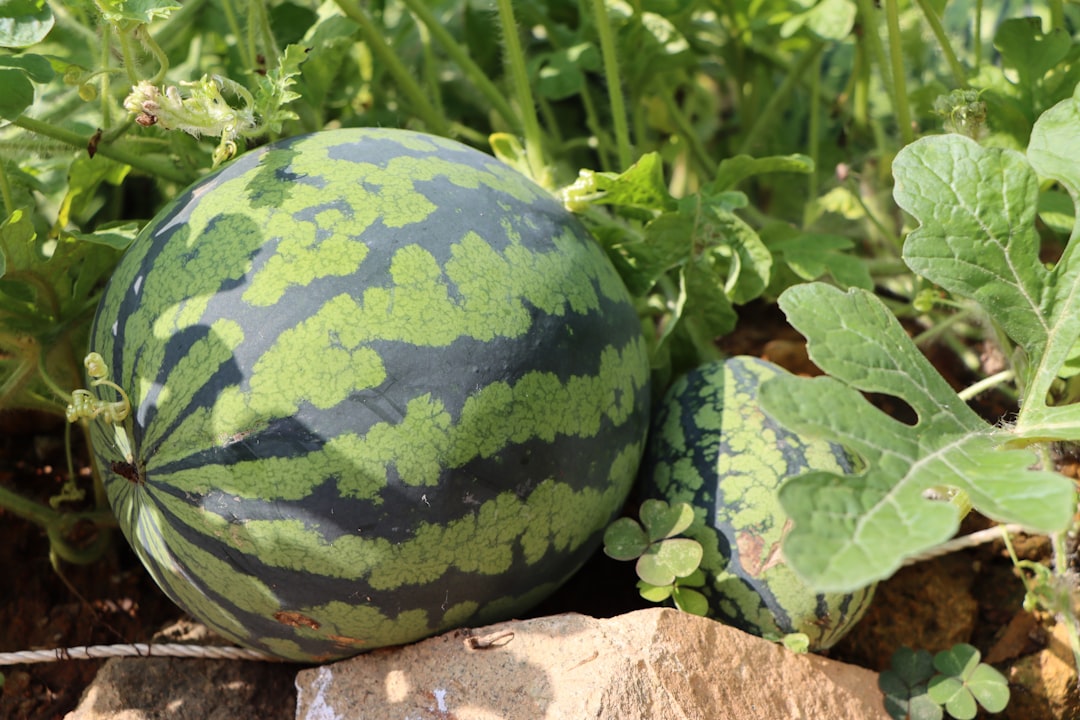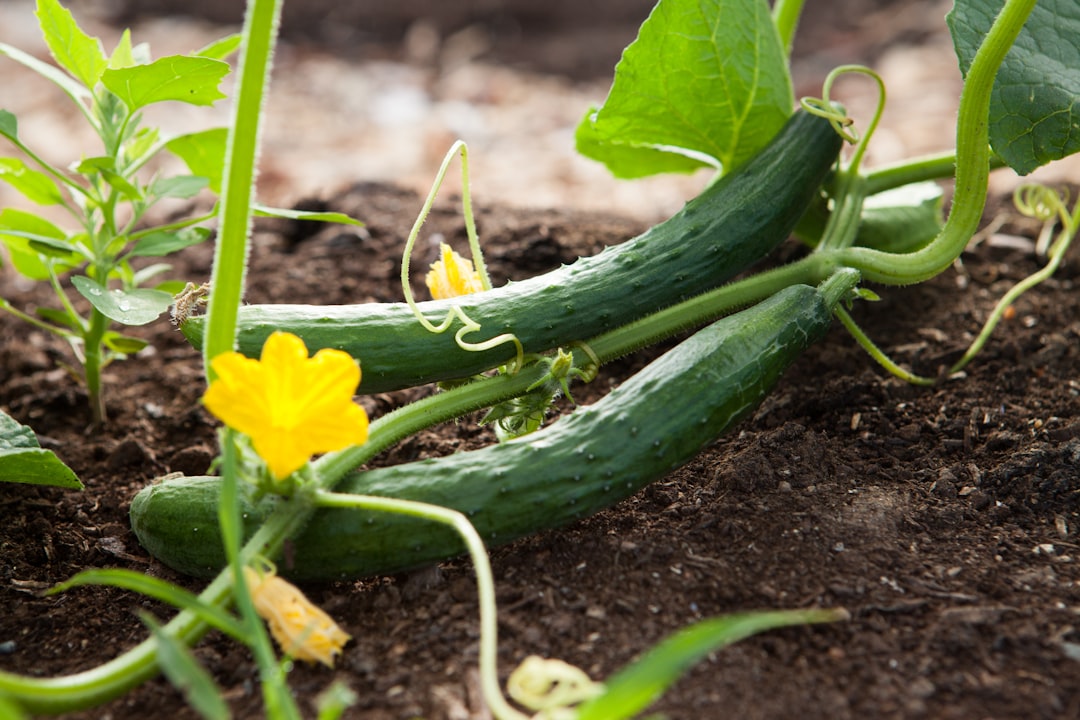How to Grow Melons and Cucumbers Successfully
Growing melons and cucumbers in your home garden can be a rewarding and delicious endeavor. Whether you’re a seasoned gardener or just starting out, knowing how to grow melons and mastering cucumber growing tips can make all the difference. With the right melon gardening techniques and cucumber care best practices, you’ll be harvesting fresh produce in no time. This post will guide you through selecting the best cucumber varieties for home gardens and ensuring you grow melons successfully. Let’s dig in and get your garden thriving with these juicy, mouthwatering fruits!
Getting Started with Melons and Cucumbers
Before you dive into growing these delicious fruits, it’s essential to understand the basics. Let’s explore how to choose the right varieties and prepare your garden space for success.
Choosing the Right Varieties
Selecting the perfect melon and cucumber varieties for your garden is crucial for a bountiful harvest. Consider your climate, available space, and personal taste preferences when making your choice.
For melons, popular options include cantaloupe, honeydew, and watermelon. Each variety has unique flavor profiles and growing requirements. Cantaloupe, for instance, thrives in warm climates and produces sweet, aromatic fruits.
When it comes to cucumbers, you can choose between slicing and pickling varieties. Slicing cucumbers are perfect for fresh eating, while pickling cucumbers are ideal for preserving. Some popular cucumber varieties include ‘Straight Eight’ for slicing and ‘Boston Pickling’ for preserving.
Consider disease-resistant varieties to minimize potential issues in your garden. Many modern hybrid varieties offer improved resistance to common cucumber and melon diseases.
Preparing Your Garden Space
Creating the ideal environment for your melons and cucumbers is key to their success. These plants thrive in well-drained, nutrient-rich soil with plenty of sunlight.
Start by choosing a location that receives at least 6-8 hours of direct sunlight daily. Melons and cucumbers prefer warm soil, so consider using black plastic mulch to heat the soil and suppress weeds.
Prepare your soil by incorporating organic matter such as compost or well-rotted manure. This improves soil structure and provides essential nutrients. Aim for a soil pH between 6.0 and 7.0 for optimal growth.
If you have limited space, consider vertical gardening techniques. Trellises or support structures can help maximize your growing area and keep fruits off the ground, reducing the risk of rot and pests.
Planting and Growth Techniques
Now that you’ve prepared your garden, it’s time to focus on planting and nurturing your melons and cucumbers. Let’s explore some effective techniques for both fruits.
How to Grow Melons Successfully
Growing melons successfully requires attention to detail and proper care throughout the growing season. Follow these tips to ensure a bountiful harvest of sweet, juicy melons.
-
Planting: Sow melon seeds directly in the garden after the last frost date when soil temperatures reach at least 60°F (15°C). Plant seeds in hills, with 4-6 seeds per hill, spaced about 3 feet apart.
-
Watering: Melons need consistent moisture, especially during fruit development. Water deeply once a week, providing about 1-2 inches of water. Avoid overhead watering to prevent fungal diseases.
-
Fertilizing: Apply a balanced fertilizer when the vines begin to run, and again when fruits start to form. Avoid excessive nitrogen, which can lead to lush foliage but poor fruit production.
Proper pollination is crucial for melon development. Encourage pollinators by planting flowers nearby or hand-pollinate if necessary. As fruits develop, place a barrier (like cardboard) between the fruit and soil to prevent rotting.
Cucumber Growing Tips and Tricks
Cucumbers are relatively easy to grow, but a few key tips can help you maximize your harvest and produce crisp, delicious fruits.
Start by planting cucumber seeds or seedlings in warm soil, about 1-2 weeks after the last frost date. Space plants about 12-18 inches apart in rows or hills.
Consistent watering is crucial for cucumber growth. Aim to keep the soil consistently moist but not waterlogged. Mulching around plants can help retain moisture and suppress weeds.
Cucumbers are heavy feeders, so fertilize regularly with a balanced, water-soluble fertilizer. For the best flavor and texture, harvest cucumbers when they’re young and tender, typically 6-8 inches long for slicing varieties.
To prevent bitter cucumbers, ensure plants receive adequate water and nutrients. Stress from drought or poor nutrition can lead to bitter fruits.
Care and Maintenance Essentials
Proper care and maintenance are crucial for healthy, productive melon and cucumber plants. Let’s explore some essential techniques to keep your garden thriving.
Melon Gardening Techniques
Successful melon gardening requires attention to detail and proper care throughout the growing season. Here are some key techniques to ensure healthy plants and delicious fruits.
Pruning: Encourage stronger, more productive plants by pruning melon vines. Remove the growing tips of the main vines when they reach about 5 feet long. This promotes lateral growth and can increase fruit production.
Support: While not always necessary, supporting melon fruits can prevent rot and damage. Use slings made from old pantyhose or cloth to cradle developing melons, especially for larger varieties like watermelons.
Pest control: Monitor your plants regularly for common pests like cucumber beetles and aphids. Use row covers early in the season to protect young plants, and consider companion planting with pest-repelling herbs like basil or marigolds.
Proper harvesting is crucial for the best flavor. Most melons are ready when they easily separate from the vine or develop a sweet aroma at the blossom end. Use these signs to determine the perfect time to harvest your delicious homegrown melons.
Cucumber Care Best Practices
Implementing the right care practices can significantly improve your cucumber yield and fruit quality. Follow these best practices to ensure healthy, productive cucumber plants.
Watering: Consistent moisture is key for cucumber plants. Water deeply and regularly, aiming for about 1-2 inches of water per week. Use drip irrigation or soaker hoses to keep foliage dry and reduce disease risk.
Trellising: Supporting cucumber vines on trellises or cages can save space and improve air circulation. This also makes harvesting easier and helps prevent fruit rot by keeping cucumbers off the ground.
Disease prevention: Cucumbers are susceptible to various diseases, including powdery mildew and bacterial wilt. Maintain good air circulation, avoid overhead watering, and remove any infected plants promptly to prevent spread.
Regular harvesting is essential for continuous production. Pick cucumbers every couple of days to encourage the plant to keep producing. Remember, overripe cucumbers left on the vine can signal the plant to stop producing, so harvest frequently for the best results.


